18 Dead LGBT Magazines Worth Remembering
08/04/18
By continuing to use our site, you agree to our Privacy Policy and Terms of Use.
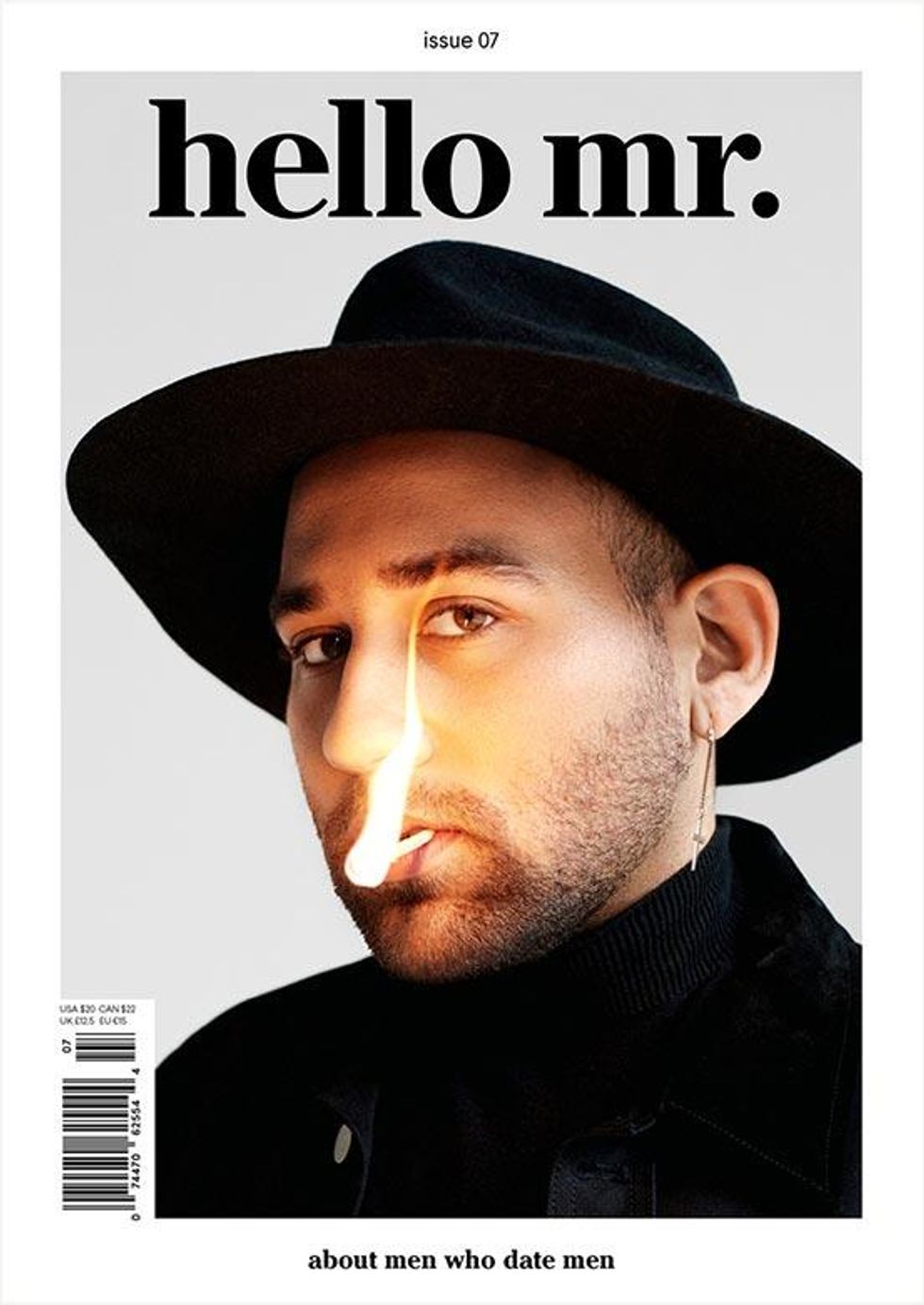
After years of fiction, personal essays, and art that all came from a $26,000 Kickstarter campaign, queer mag Hello Mr. is no more.
Though many will miss the magazine "about men who date men" that launched in April 2013, it's not the first of its kind to print its last issue. Throughout the years, many publications forced us to question our sense of normal and what a magazine could look like when LGBT people were front and center. In the fight for eyes, few have survived. But we've compiled a list of now-passed queer magazines that gave a voice to the entire LGBT community when it seemed like we had none.
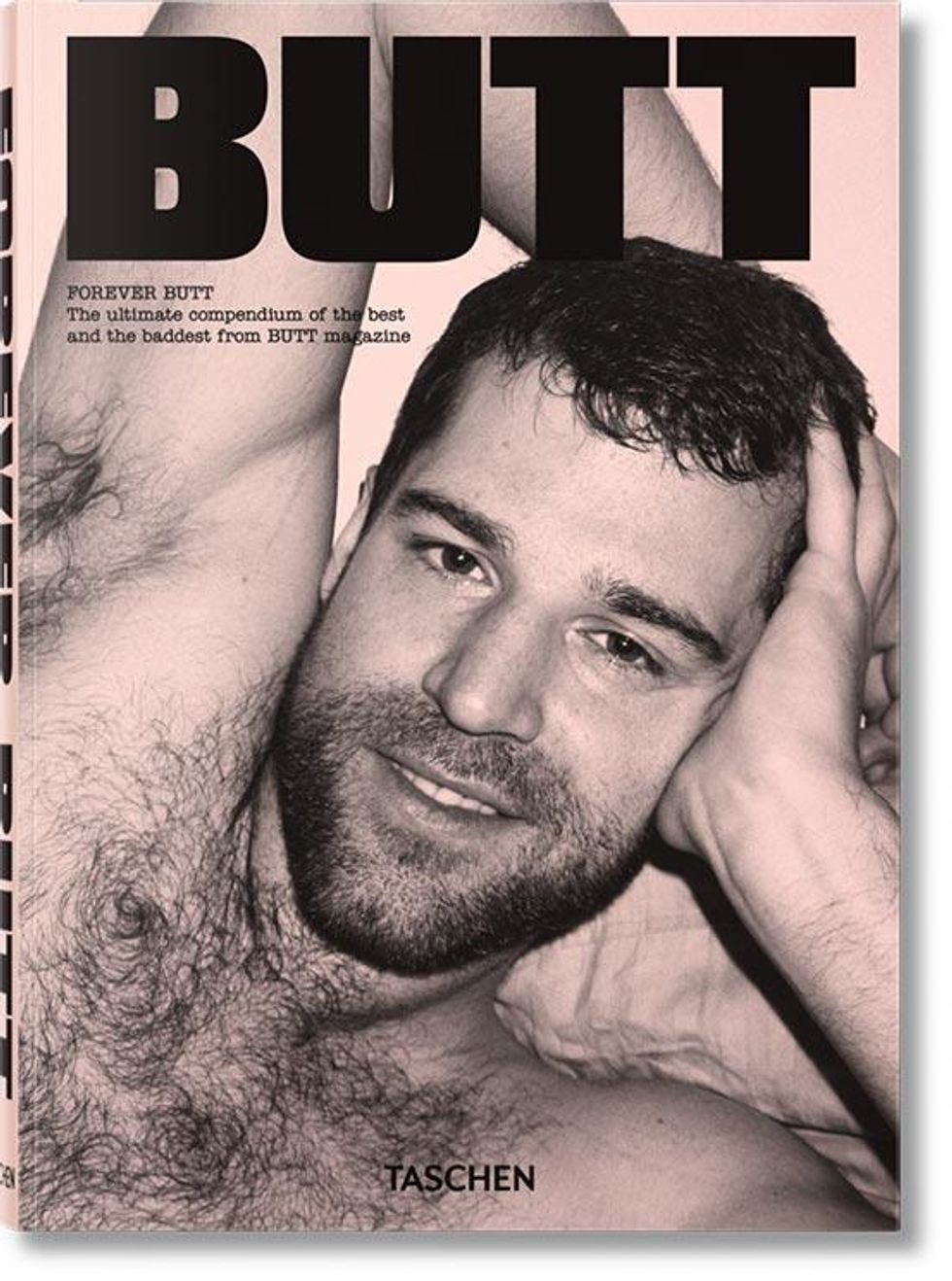
"The pocket-size magazine by, for and about homosexuals," was founded in the Netherlands in 2001 by Gert Jonkers and Jep van Beenekom. Though no longer making new content in print or online, the "infamous pink periodical" makes sure you're 18 before entering its website -- which is just as infamously pink.
BUTT featured photography and interviews with renowned gay artists, such as German fashion designer Bernhard Willhelm, whose nude portraits -- taken by Wolfgang Tillmans -- appeared in the magazine's first issue in May 2001. Since then, BUTT has featured gay artists such as Casey Spooner, Michael Stipe, John Waters, Heinz Peter Knes, Edmund White, Terence Koh, Walter Pfeiffer, and Slava Mogutin.
BUTT's aesthetic was memorable for the way it sexualized men you'd find on the street or subway; they had body hair, teeth that weren't perfect, even paunch. Queer magazines of the early 2000s still mostly stuck with the airbrushed, Ken-doll look that was ubiquitous in West Hollywood and Chelsea. BUTT helped pave the way for a fresh appreciation of down-to-Earth guys, something that Hello Mr. later embraced.
Although the magazine's final issues were published in 2016, it can still be found worldwide, including at local American Apparel stores in the U.S. and U.K.
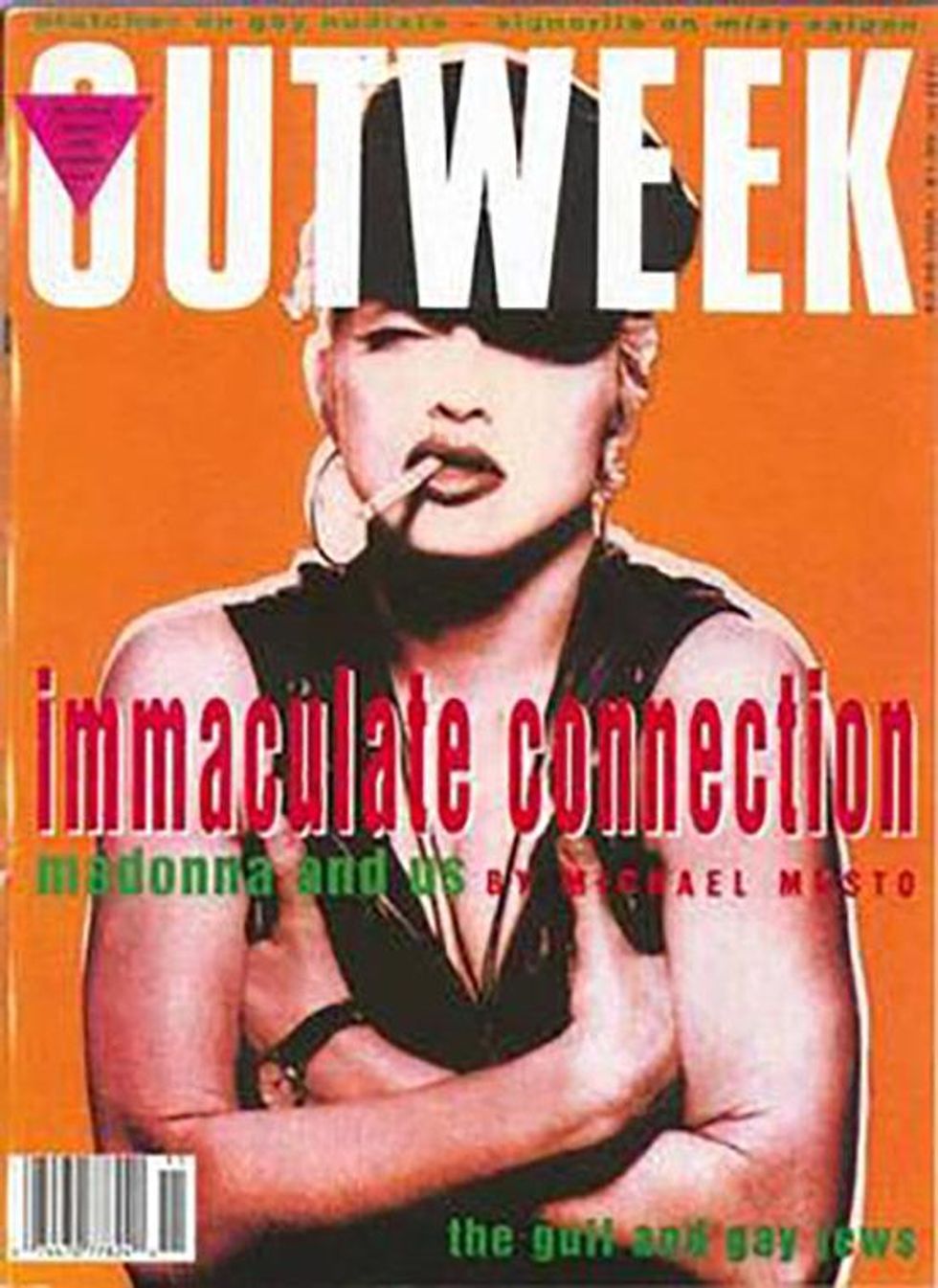
Though short-lived, Outweek presented a bold, unapologetic voice that was unafraid to call out America's dismissive attitude towards AIDS and homophobia. In doing so, Outweek left a lasting legacy.
The magazine was conceived by music producer Gabriel Rotello, who was involved in ACT UP, the radical activist group which he felt needed a publication that represented its values. He teamed up with fellow ACT UP member Kendall Morrison, who was looking for an avenue to advertise for his gay phone sex businesses. Neither had journalism experience, but Morrison became a publisher and Rotello the editor-in-chief.
The magazine became a source of breaking news for both New York City and the nation. It's best known for covering the Covenant House sex scandal, in which the privately funded homeless youth shelter's president, Father Bruce Ritter, was accused of abusing the young men he claimed to be aiding. Later it revealed that the New York health commissioner was advocating that all people with AIDS should be quarantined, sparking a huge dispute within the mayor's office. It also was the first publication to reclaim the word queer as an all-inclusive term for the LGBTQ community.
Outweek gave The Advocate a run for its money, causing a decline in circulation which forced the older magazine to be more inclusive of queer women. It also encouraged this publication to engage in politics and activism with a stronger voice.
However, Outweek had a penchant for outting celebrities that current LGBT publications condemn. It's "GossipWatch" columns railed against closeted public figures like David Geffen, Malcolm Forbes, and Liz Smith for being complicit in the silence surrounding AIDS and gay rights.
Despite its journalistic merit, Outweek struggled to make a profit, and after 105 issues, it shut down. However its staff went on to do great things. Columnist Michael Goff founded Out and was its first editor and president. Reporter David Kirby began working for The New York Times and published a feature on how mercury causes autism. When he joined Long Island's Newsday, Rotello became the first openly gay columnist for a major newspaper and now works as a documentary producer-director.
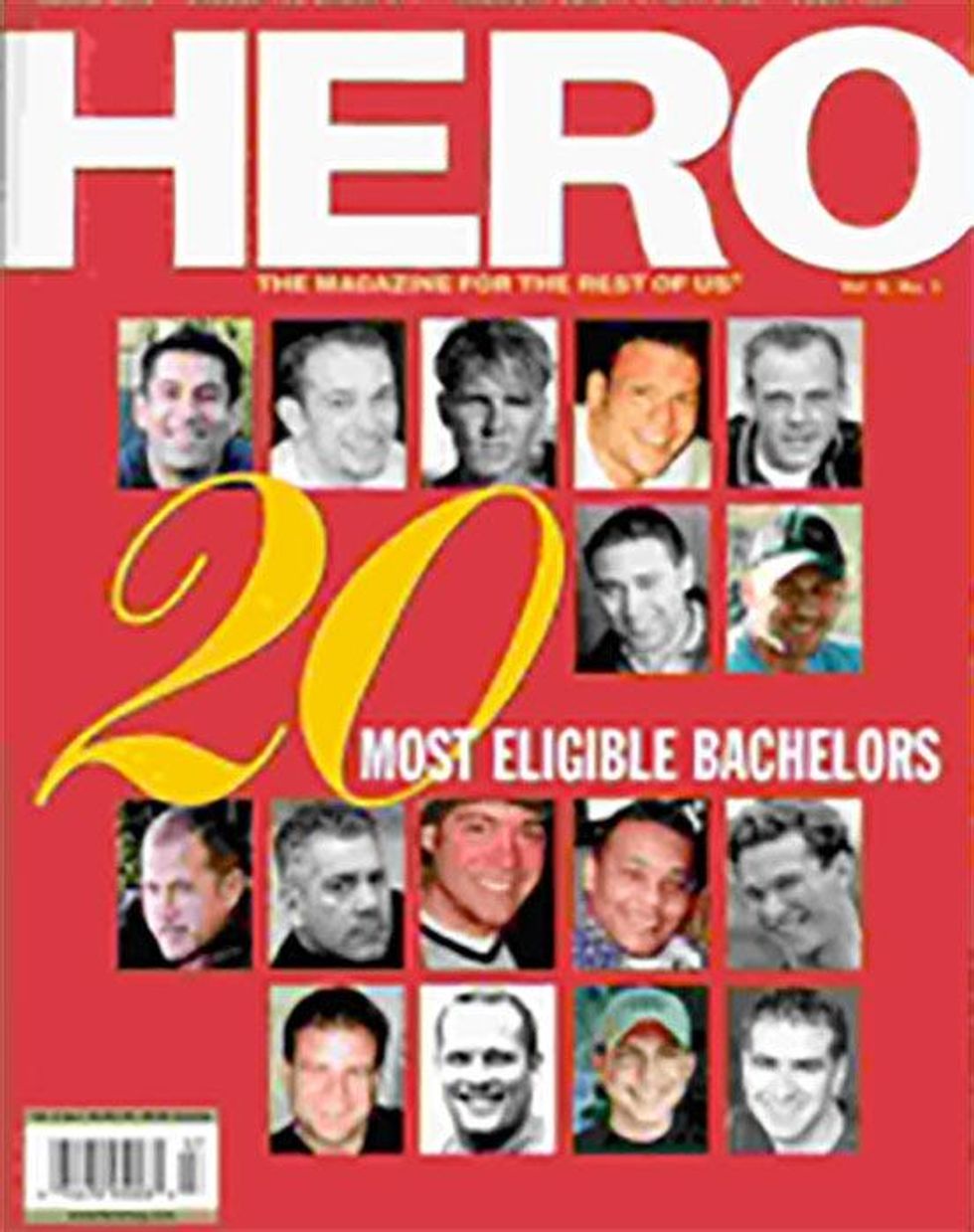
Even though other LGBT magazines at the time knew that sex sells - and used that to their advantage - HERO Magazine steered clear of pornography and other sexual content.
After its founding in 1997, HERO Magazine made moves that were inclusive and progressive, as it was more accepting of couples and men over 40 than other gay publications at the time. It also ran the first automotive column in a national gay magazine and made a habit of turning away advertising from both tobacco and adult companies. The magazine was recognized for its efforts when it became the first gay magazine to be "highly recommended" by Library Journal.
After its initial popularity, things declined for HERO Magazine after 9/11, when its financial backing was frozen. HERO Magazine officially went down in January of 2002, although its parent company, HERO Media is alive and well, and develops other online and print publications, like SpaTravelGuy.com.
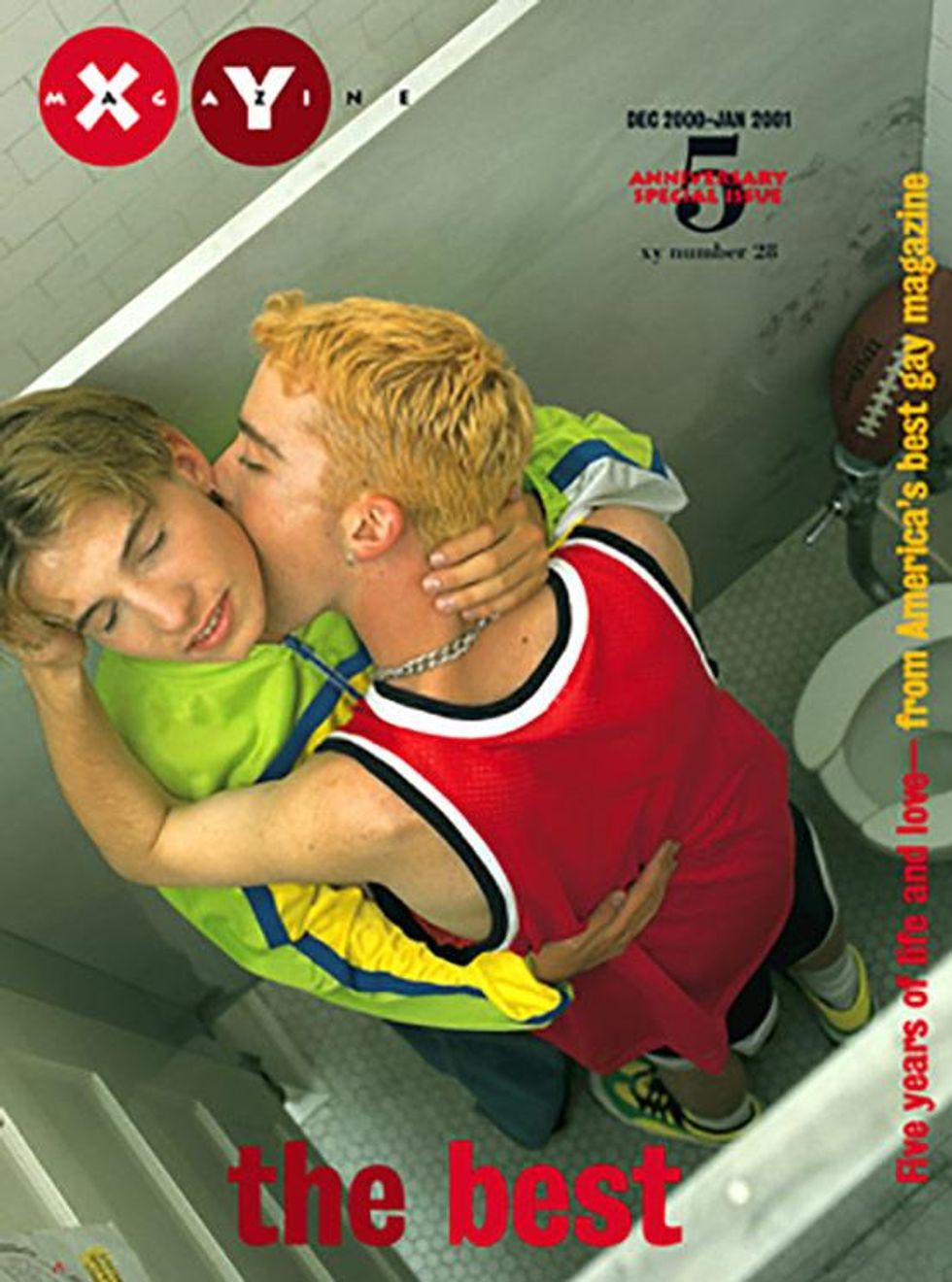
XY, named for the combination of male chromosomes, is a magazine that gradually became more and more strongly aimed at gay youth, because editors witnessed that kids became coming out as gay younger. It relaunched in 2016 after and eight year hiatus.
The publication was originally founded in 1996 by Peter Ian Cummings in San Francisco. XY says that it is "known best for its original photography, brazenly honest commentary on politics and culture, review of film, music and literature, reader contributions, advice on surviving young and gay, and a rather dark sense of humor."
Michael Glatze - the man who declared he was no longer gay and took a sharp turn toward conservatism and Christianity while opposing gay rights - was a longtime managing editor before the publication initially filed for bankruptcy in 2010. Since the publication went into circulation again, its issues can be found on its new website.
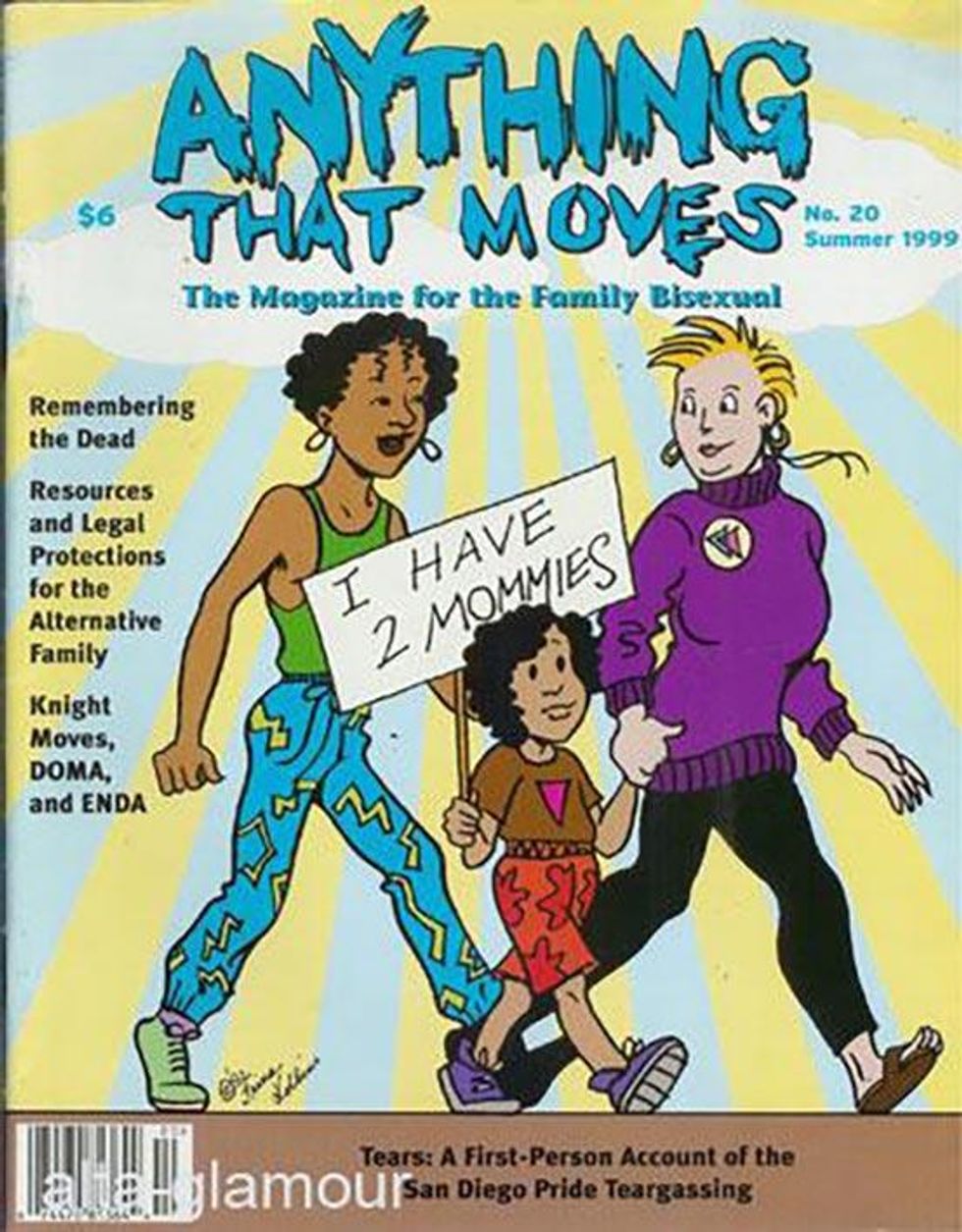
A bold effort to end bi-erasure, Anything That Moves: Beyond The Myths of Bisexuality, intentionally went for a salacious title, taking on the toughest of stereotypes like that bisexuals will have sex with "anything that moves."
The magazine, which was published from 1990-2002, was an expansion of a newsletter Karla Rossi wrote for the San Francisco Bay Area Bisexual Network. It eventually became a 64-page publication that presented a diverse collection of bisexual voices and experiences.
To be included in the magazine, no one needed to declare where on the bisexual spectrum they fell, just that they fell for both genders.
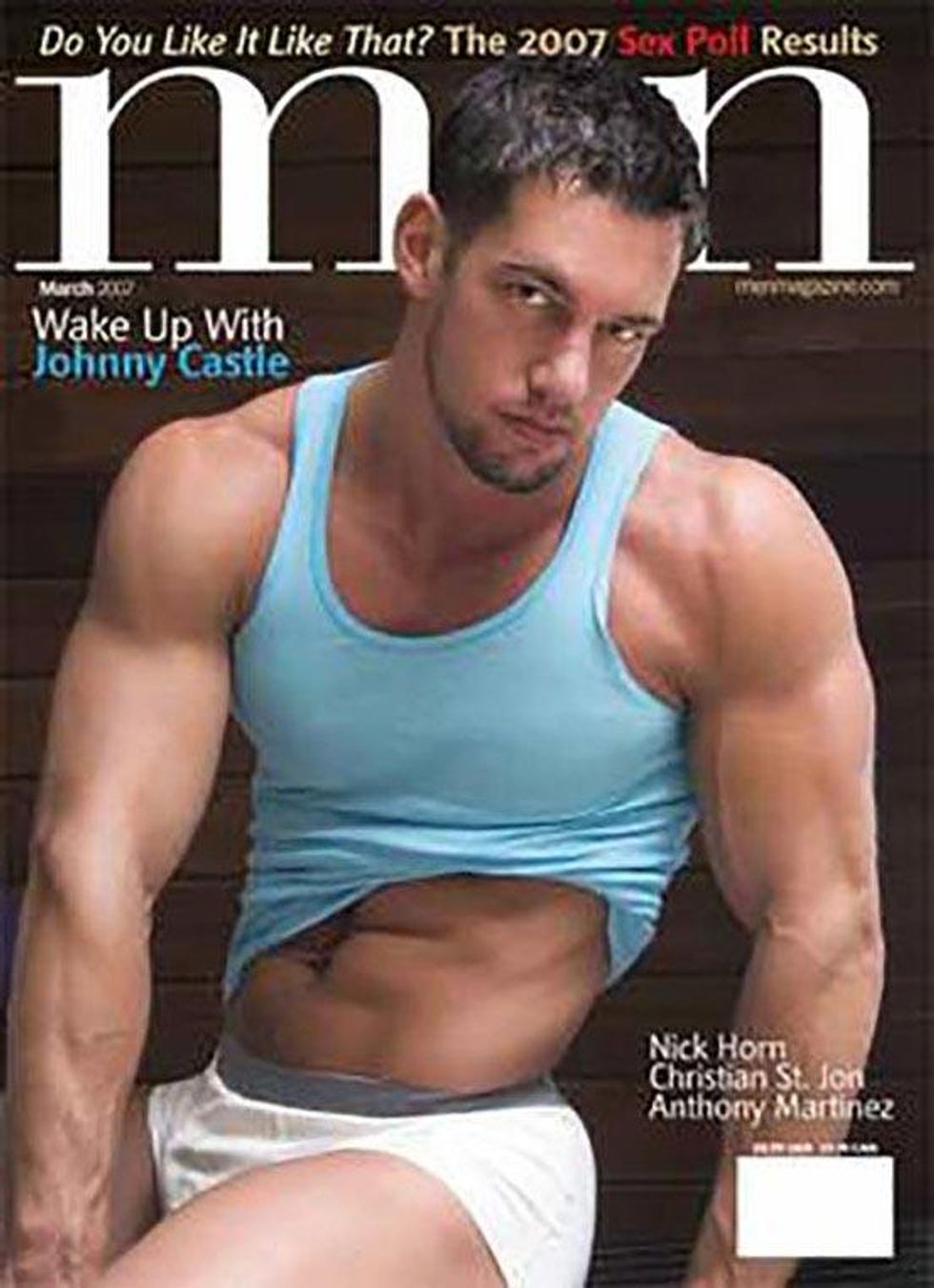
Men was a gay porn magazine that did more than just gay porn.
Popularized by its sexy photoshoots of popular names (and popular bods) in the adult film industry, Men also featured erotic fiction, video reviews, and other unique features. Men -- which was originally named Advocate Men until 1997, since it was a sister publication of The Advocate -- drew in an audience by feature popular male models like Zeb Atlas and Mark Dalton, among others.
But in 2009, the publishers of the Los Angeles-based magazine, Speciality Publications, announced it was moving all its gay porn magazine to an online platform, called Unzipped.net.
However, you'll come up unlucky if you try to access the website now; and no new issues of Men have seen the light of day since.

Blueboy - originally written as Blue Boy -- reigned as the gay equivalent of Playboy of the tail end of the 20th-century.
Founded in 1974, Blueboy got its name from a famous 18th-century portrait by Thomas Gainsborough of the same name that featured a boy dressed up in fancy blue clothes. The first issue of Blueboy featured cover art that parodied the painting.
Aside from being a hot source for gay porn in the '70s and '80s, Blueboy doubled as a lifestyle magazine that featured articles on everything from love advice to TV and movie reviews to fashion. But Blueboy didn't shy away from more serious topics, tackling the Reagan administration and the AIDS crisis. However, as more gay lifestyle magazines emerged in the early 1990s, such as Out, MetroSource, and Genre, it became more and more difficult to compete and differentiate itself. As a result, Blueboy began publishing much more hardcore gay images and jettisoned most of its non-porn content.
Although the publication shut down in December 2007, its fame has been immortalized in the Cyndi Lauper song "She Bop" where she sings: "Well, I see him every night in tight blue jeans / In the pages of a Blueboy magazine"
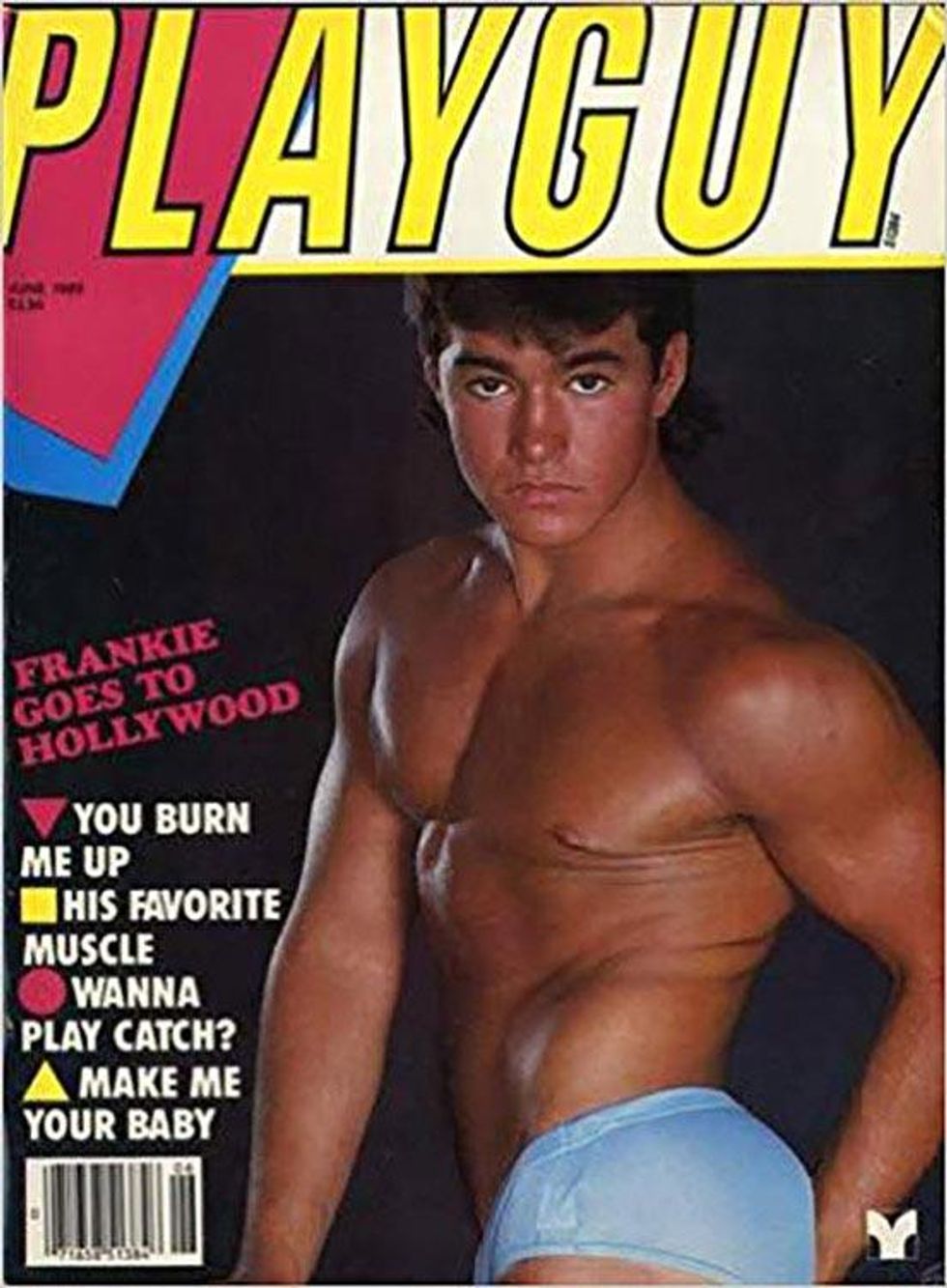
Playguy - not to be confused with the famous and infamous Playboy - was a porn magazine for gay men under the age of 25.
First published in 1976, the magazine just barely surpassed 30 years in circulation when it was shut down in 2009, nine years after the death of its founder, George W. Mavety.
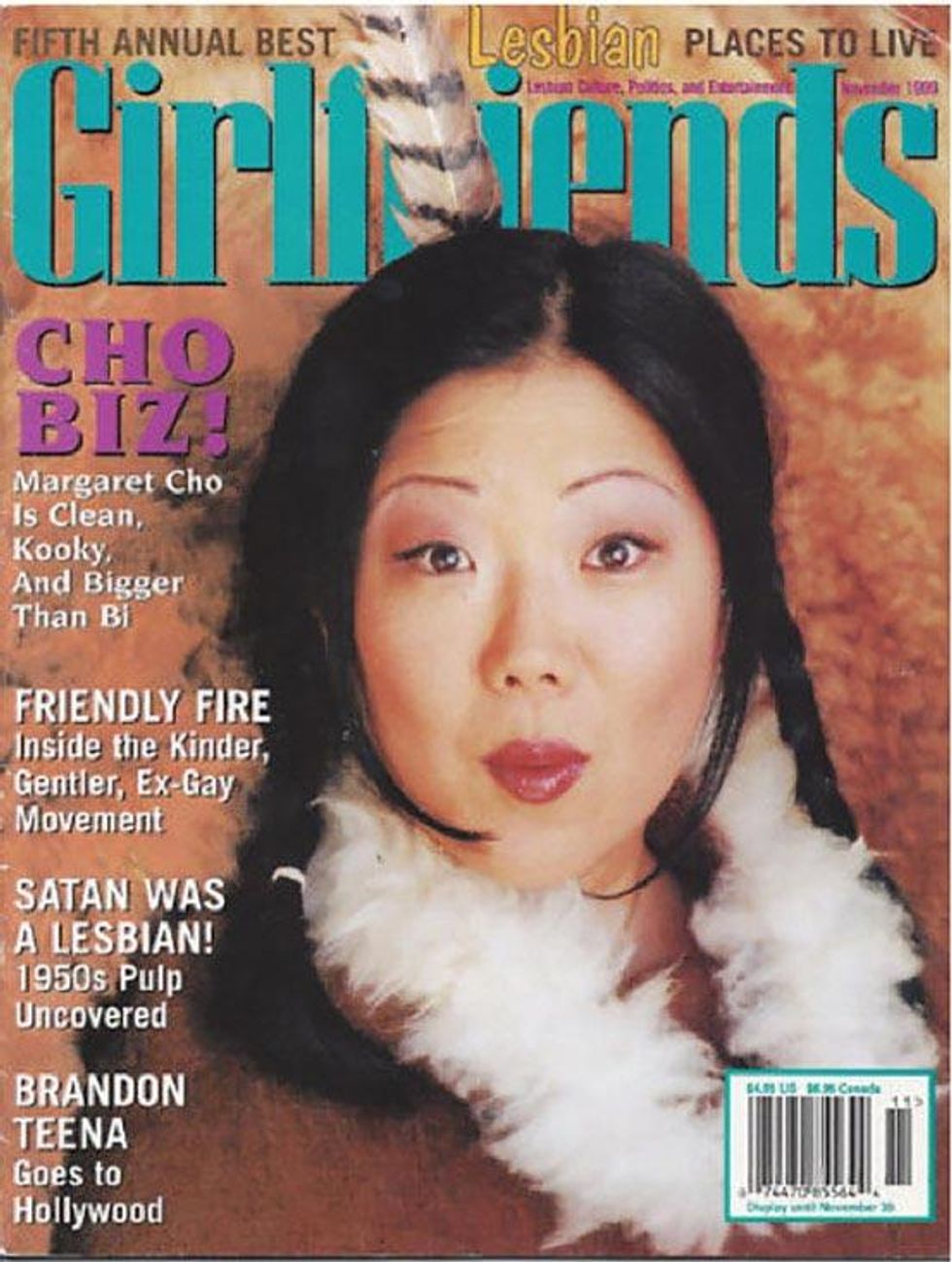
Girlfriends used to call itself "the magazine of lesbian enjoyment" -- and for good reason.
Founded in 1993 by current Advocate editors Diane Anderson-Minshall and Jacob Anderson-Minshall, along with Heather Findlay, Girlfriends wasn't your typical women's magazine. It did cover everything a run-of-the-mill women's magazine would cover -- from culture to entertainment to world events -- but did so from a lesbian's perspective, which was revolutionary at the time.
The magazine was based and distributed in San Francisco and shared a publisher with the lesbian erotica magazine On Our Backs. Although Girlfriends strayed away from sexual content, it had its own unique and useful features, like an annual list of the best places in the world for lesbians to live, and an online dating service run from the magazine's website.
However, the reign of the lesbian lifestyle magazine was cut short when Girlfriends ran its last issue in 2006.
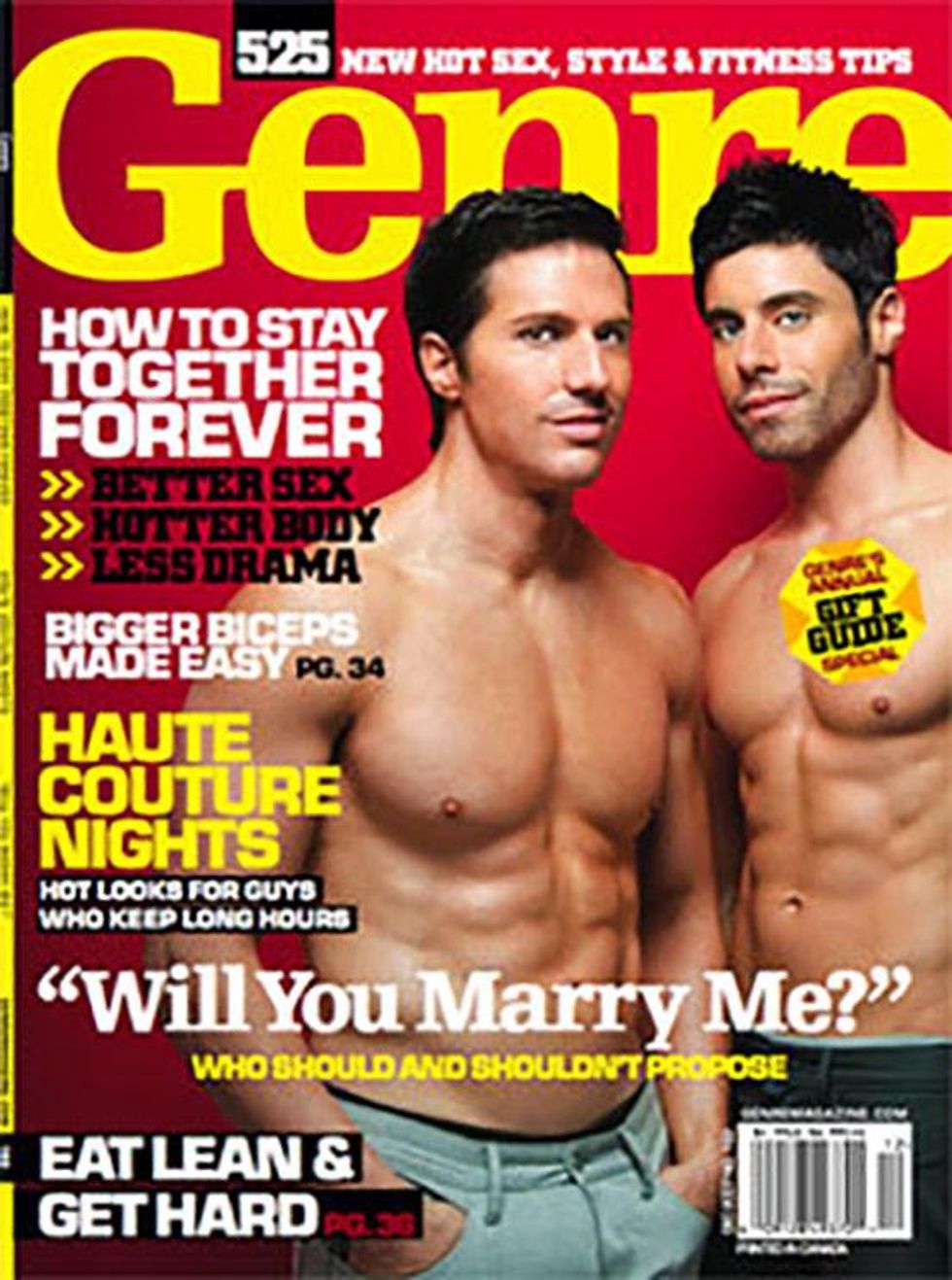
When Genre was first published in 1992, it started out as quarterly magazine that mostly covered subjects pertinent to gay man, particularly with a focus on entertainment and travel, sometimes straying into coverage of political topics. As the magazine grew in popularity and adopted editor Judy Wieder it eventually became a monthly magazine - and dropped the politics, focusing more heavily on arts and entertainment. After Wieder conducted a cover interview with Madonna, The Advocate recruited her as an art and entertainment editor.
As the 21st approached and it became more and more difficult to compete with other LGBT publications, such as Out, Details, and The Advocate, the magazine began to adopt a more urban theme, with the intention of catering to Generation X's former club kids. The fact that Genre drew investors like Ford motors was significant, as it disproved the belief that mainstream companies working with LGBT publications was taboo.
In 2002, the magazine faced another rebranding project, as it began to delve into more topics of personal growth within gay men, tackling issues like spirituality and how to live a healthy lifestyle. Genre gradually drew in more advertisers and increasing popularity until it went out of circulation in 2009 due to the recession.
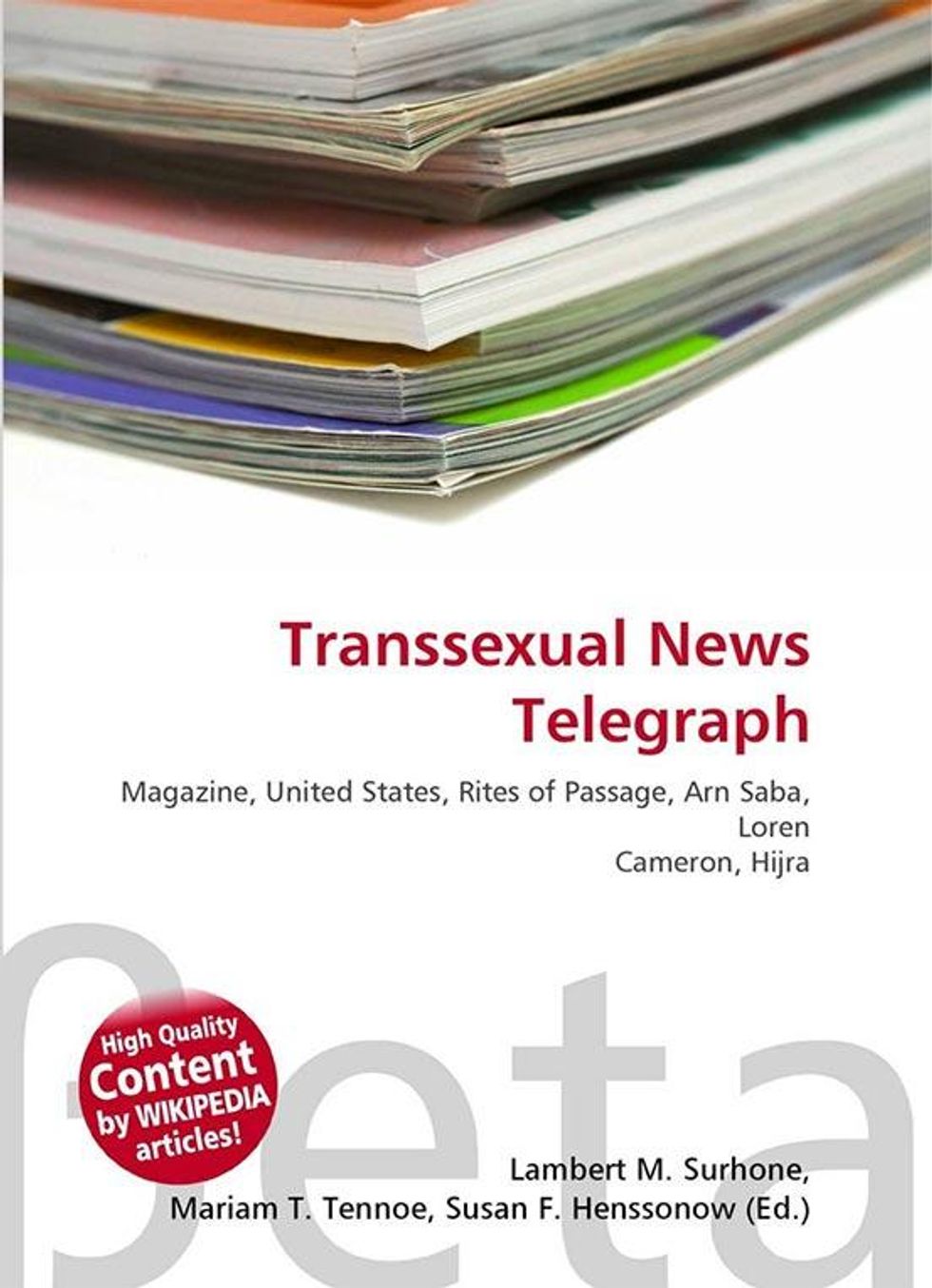
This woke quarterly newsmagazine ran strove to center transgender people before the term was even in our lexicon.
Strongly standing against colonialism and for intersectional values, TNT covers often portrayed trans identities and art while the back of each issue included thought-provoking graphic art. The text touched upon trans art and cultural events, reviewing gender politics in film, while "News On The March" delivered updates on politics.
TNT never had a large base of subscribers, but used its status as a tool to heat up discussions between trans activists at the dawn of the transgender rights movement.
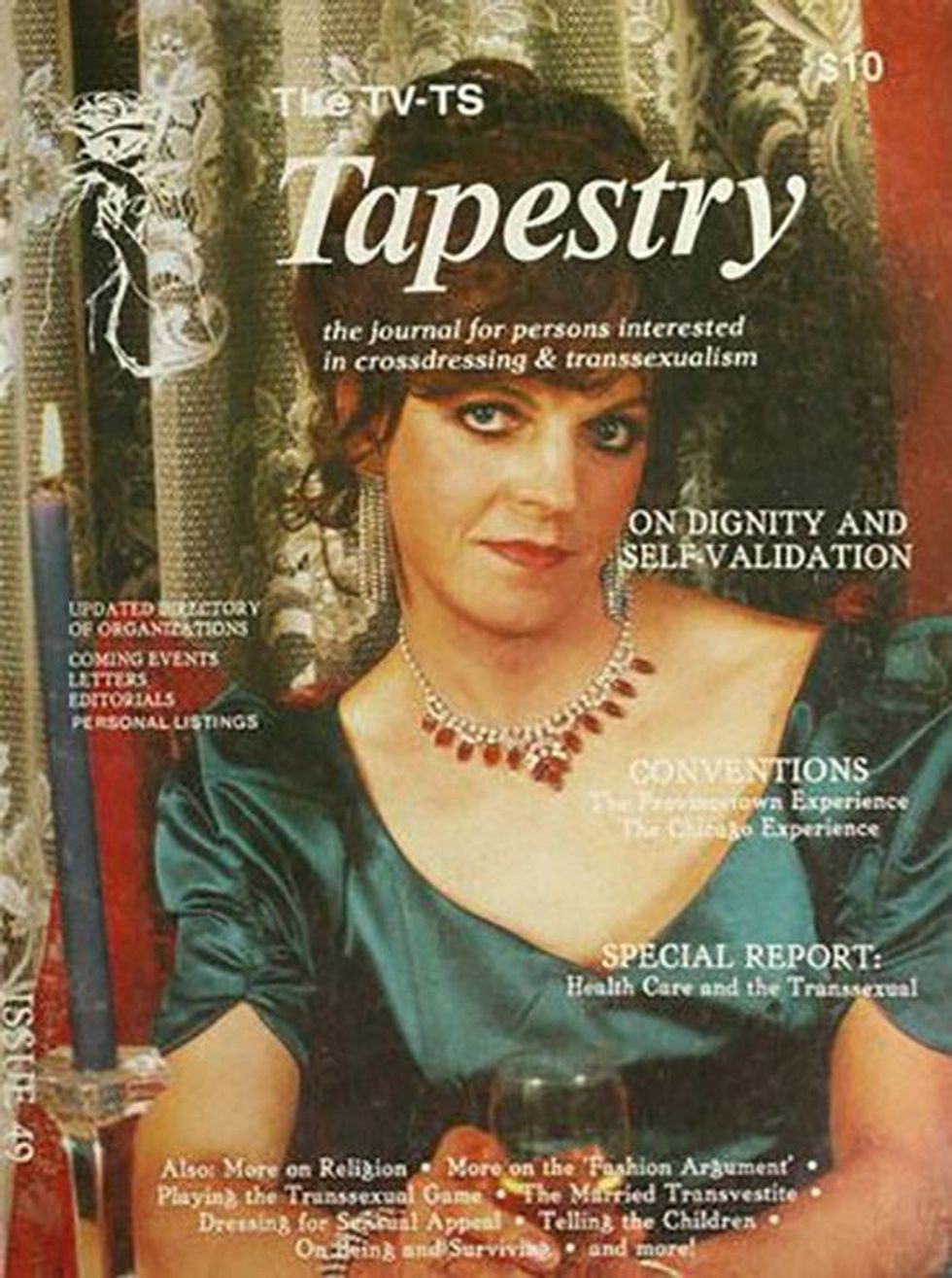
With activist Dallas Denny as its editor, Transgender Tapestry took on trans issues with an educational perspective.
The magazine was published by the International Foundation for Gender Education, an American nonprofit transgender organization devoted to ending intolerance. Hyper-inclusive, Tapestry was "a magazine by, for, and about all things trans, including crossdressing, transsexualism, intersexuality, FTM, MTF, butch, femme, drag kings and drag queens, androgyny, female and male impersonation, and more."
"The crossdressing and transsexual phenomena have been an integral part of human experience as long as there has been a human experience," said IFGE founder Merissa Sherrill Lynn, "Yet, as common as they are, ignorance of them, and the resulting intolerance and fear, continues to cost good people their happiness, their jobs, their families, and their lives. It costs society its neighbors, its friends, and its productive citizens."
IFGE was the only American transgender organization with paid staff, and its website, which went online in 1998, was heavily used by trans people. Readers indicated in a 2002 survey that it was the "best source on the internet," for finding trans information, outcompeting Google and Yahoo.
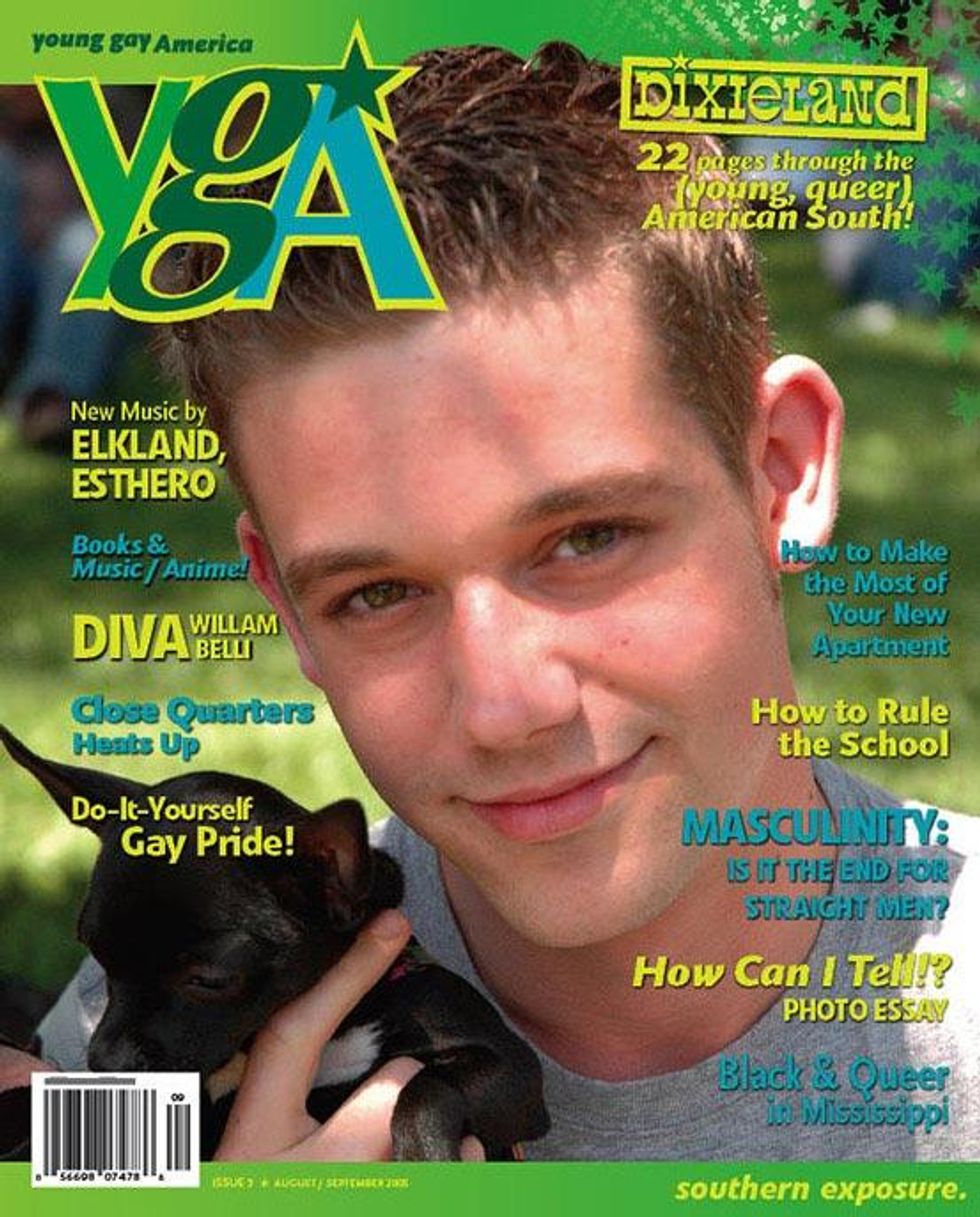
YGA was an award-winning magazine for queer and questioning youth, functioning as an accessible and inclusive resource for many.
Where XY was a magazine that was catered to young gay men, YGA had an audience of youth who filled up every part of the LGBT spectrum. XY magazine ended up serving its purpose where YGA was concerned, though -- it was where YGA founders and eventual long-term boyfriends Benjie Nycum and Michael Glatze met. YGA was the only English-speaking publication of its kind, and won the National Role Model Award from Equality Forum, a big deal in the world of gay publications. But this is the same Michael Glatze who left Playguy in 2007, declaring he was no longer gay, embraced Christian fundamentalism, and became a vocal opponent of LGBT rights. The publication fell apart soon after.
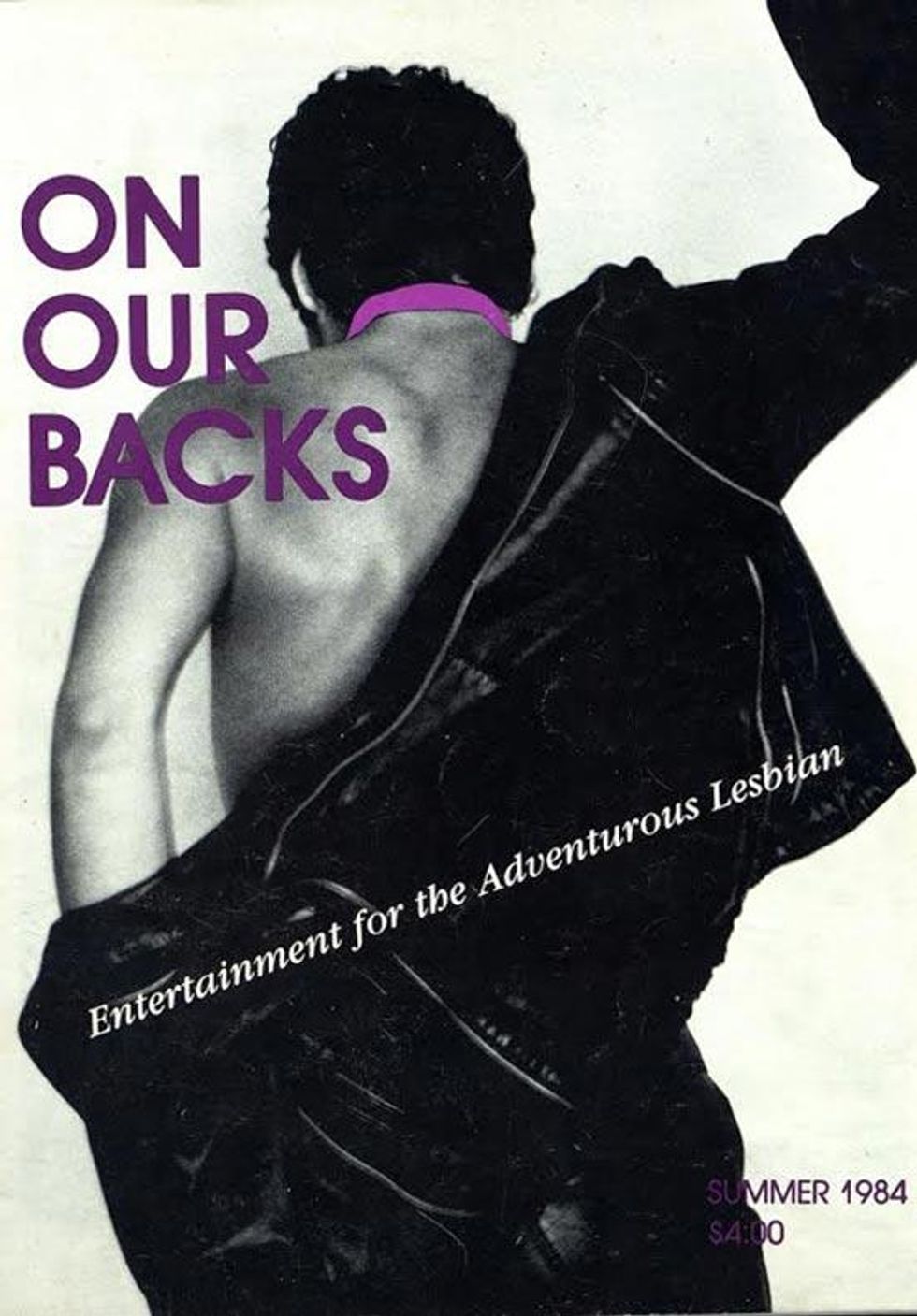
When On Our Backs was published in 1984, it was the first time the US saw a lesbian publication making lesbian porn for a lesbian audience - something of a revolution.
The women-run publication shared a name with a book written by Rosita Sweetman, which looked as sexual attitudes in Ireland in the 1980s.
However, the lesbian reign was cut short in 2006 when Velvetpark Magazine bought the publication - along with its sister publication, Girlfriends, which was basically On Our Backs PG-edition. The magazine was temporarily made available online by Reveal Digital but ultimately taken down when fears arose of minors having easy-access to the publication, which was accompanied with privacy issues.
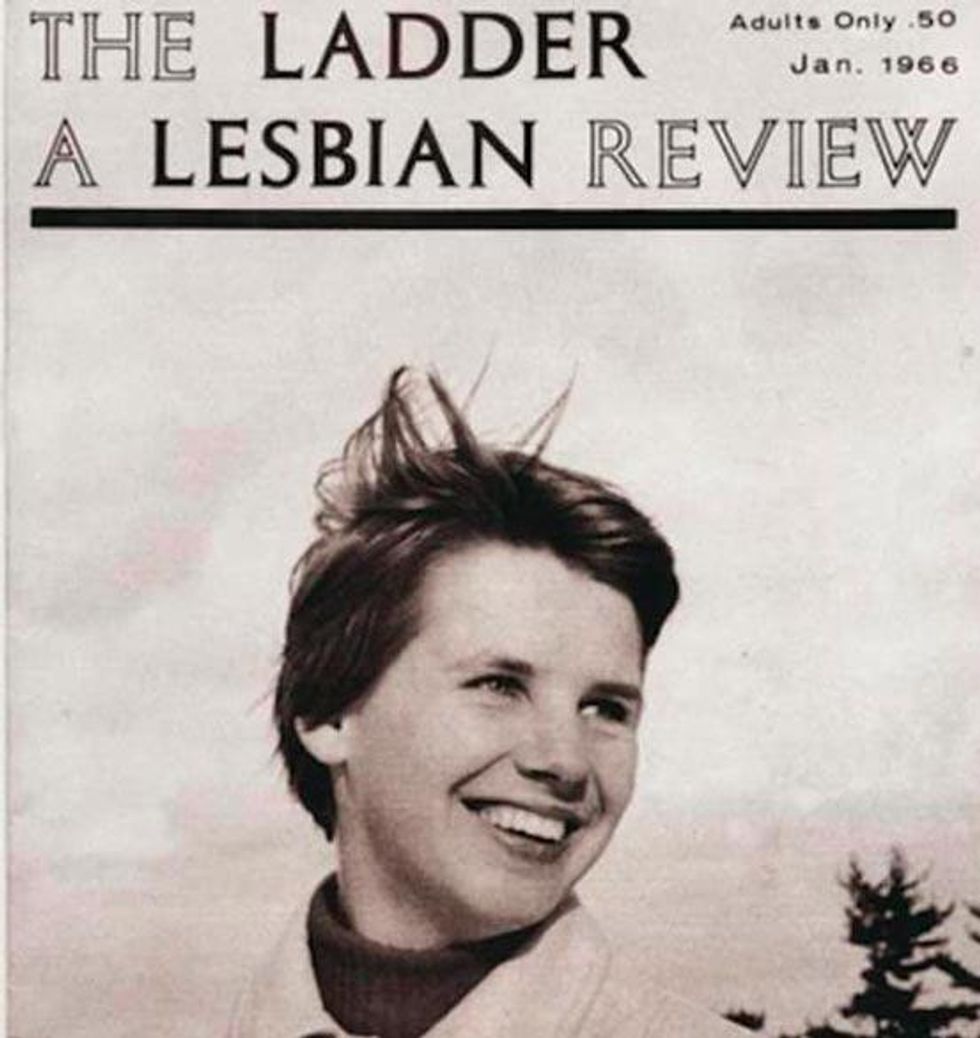
The first nationally distributed lesbian magazine was published from 1956 to 1972. The title was drawn from the artwork on the first cover, line drawings moving towards a ladder that disappeared into the clouds, perhaps symbolic of moving women up the ladder and through the glass ceiling.
Originally put together by the Daughters of Bilitis, the first American lesbian organization, which disbanded over disagreements on whether to band up with misogynist gay male functions or join the feminist movement, several of Ladder's editors moved to the National Organization for Women.
As younger readers became more militant in the fight for equality, they lashed back at the older members' ideas. Fearing that the magazine would be lost due to the issues in the organization, DOB President Rita LaPorte stole the 3,800-member mailing list for The Ladder, of which for safety reasons, there were only two copies. Along with Barbara Grier, LaPorte continued to publish until money dried up in 1972.
"No woman ever made a dime for her work, and some...worked themselves into a state of mental and physical decline on behalf of the magazine," said Grier. "Most of (the editors) believed that they were moving the world with their labors, and I believe that they were right."
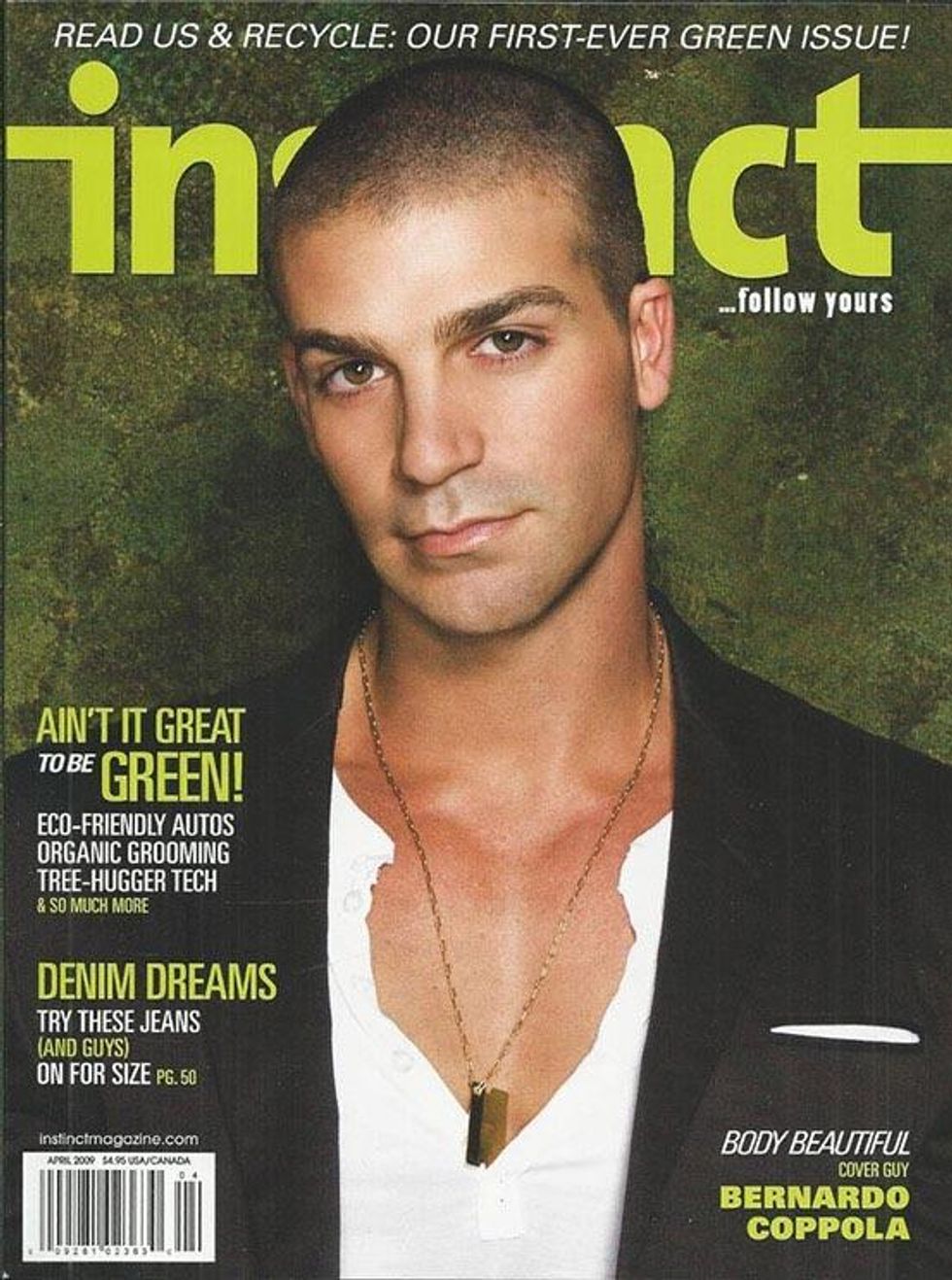
Instinct magazine is still alive and breathing -- well, online, at least. Founded by Instinct Publishing and distributed by Curtis Circulation in 1997, Instinct saw the light of day as a tangible gay men's lifestyle magazine until 2015. Its online incarnation was established in 2013, where it still actively publishes articles covering gay media, politics, and commentary.
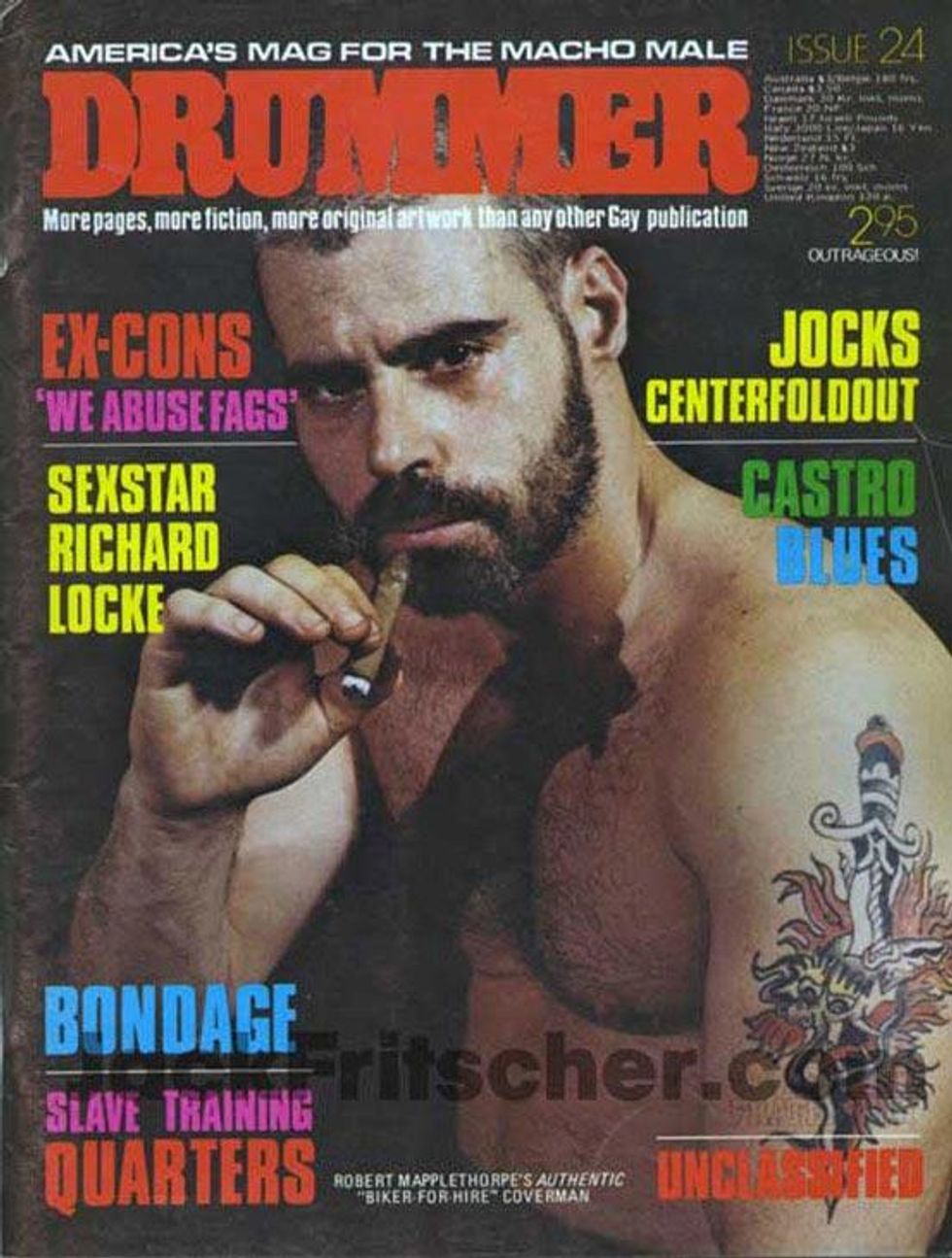
There's never a dull moment in leather.
This magazine, which targeted gay men in the leather subculture was founded in 1975 by John H. Embry and Jeanne Barney. Due to harassment from police, Drummer moved from Los Angeles to San Francisco in 1977 and was published until 1999.
The magazine had a swipe with some serious controversy throughout the 1970s and 1980s. Although Editor-in-Chief Jack Fritscher disliked Nazis, Drummer allowed the gay National Socialist League to advertise in the magazine for decades.